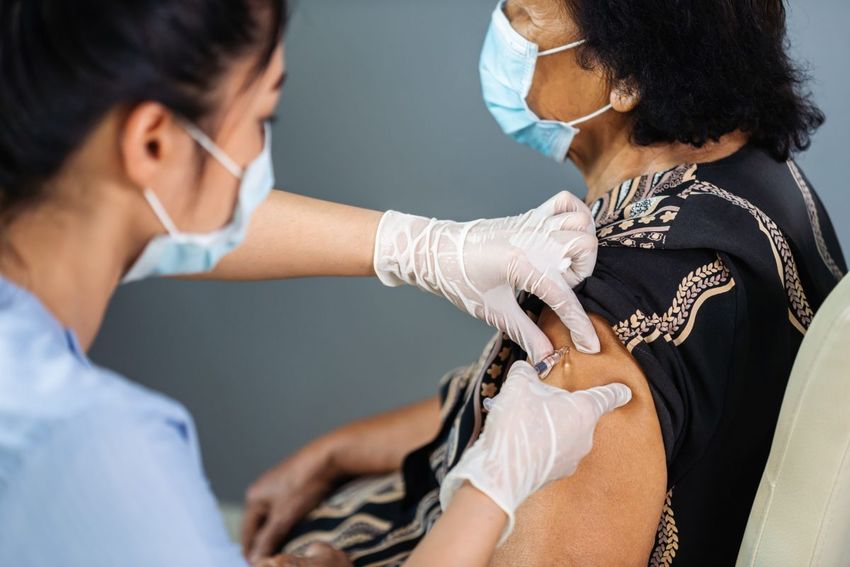‘Window’ on Pacific peoples’ health calls for urgent system change

Source: Health Quality and Safety Commission
A new report paints a stark picture of the health care challenges faced by Pasifika in New Zealand and calls for ambitious changes to the system to be made urgently.
Bula Sautu: A window on quality 2021: Pacific health in the year of COVID-19 was launched in Parliament by Minister for Pacific Peoples Hon Aupito William Sio and is the latest in a series of ‘window’ publications from the Health Quality & Safety Commission (the Commission). It considers the health of Pacific peoples and provides a snapshot view of how the health system is working (or not working) for them.

Associate Professor of Public Health Collin Tukuitonga, Associate Dean Pacific at the University of Auckland and a Commission board member, says Pacific peoples who call Aotearoa New Zealand home have been denied their right to health and wellbeing for decades despite clear evidence that inequities exist in almost all health conditions reported.
‘Pacific peoples are expected to navigate through a health system that has not been designed with or for them. Many have to effectively look after themselves, as it is impossible for them to overcome the many barriers to accessing health care. These shortcomings reflect systematic bias and racism in the New Zealand health and disability system and the lack of diversity in the health workforce.
‘We need a health system that enables Pacific peoples to identify and design Pacific solutions. Leaders and decision-makers in our training establishments and professions must take decisive action to support and grow the Pacific workforce required at all levels of the system. And we need to turn around the unacceptable racism of our system; it drives inequitable health care processes and outcomes, and is enabled by the structure of the system.’

Dr Corina Grey, Pacific Health Data and Insights Lead at Auckland District Health Board, and co-author of the report, says within the health sector there are a number of key actions organisations and individual services can take, many of them within existing resources. These actions are presented in the report as a framework to improve Pacific health.
'The strengths of Pacific providers and communities were highlighted during the response to COVID-19. Pacific health and social service providers worked together with church and other community leaders to rapidly set up testing services, tailor support for contact tracing, and deliver food packages and masks to communities, working collaboratively with community leaders and other agencies to provide holistic and integrated models of care.' she says
Dr Api Talemaitoga, a general practitioner, chair of the Pacific General Practitioners’ Network and co-author of the report, says initiatives such as this show change is possible.
‘However, improvements in Pacific health and a reduction in health inequities will not happen without an ambitious change and transformation agenda.
‘A strategy based on “business as usual” will not give us the change required.’

Some of the examples of inequities facing Pacific peoples are listed below.
* Pacific peoples live, on average, six fewer years than non-Māori non-Pacific.
* Less than half (47 percent) of pregnant Pacific women were registered with a lead maternity carer (LMC) in 2018, compared with 81 percent of non-Māori, non-Pacific women.
* Pacific women subsequently experience more complications during pregnancy, more intensive interventions during and after birth, and worse outcomes for both mother and baby than other ethnicities.
* Only 59 percent of Pacific families of infants in their first year of life received all their Well Child/Tamariki Ora core contacts, compared with 81 percent of non-Māori, non-Pacific families.
* Pacific children subsequently experience a higher incidence of a range of conditions, including asthma, dental problems, and ear and skin infections, than children from other ethnic groups. Only 36 percent of five-year-old Pacific children are free of caries (tooth decay) compared with 69 percent of non-Māori, non-Pacific children.
* There is a lack of national data on the health of Pacific youth but survey data suggests rising rates of depressive symptoms and attempted suicide in Pacific youth, and barriers to accessing health care.
* For Pacific peoples some aspects of preventative health care, like flu immunisations, seem to perform well, but Pacific peoples bear a disproportionate burden of long-term conditions including gout, cardiovascular disease, kidney disease, cancer and asthma, and, in particular, diabetes.

Those with diabetes experience a trifecta of issues:
- earlier onset leading to earlier and worse complications
- inadequate management and control of diabetes
- worse hospitalisation rates relative to other ethnic groups.
* Pacific peoples are significantly under-represented across the entire health workforce.
